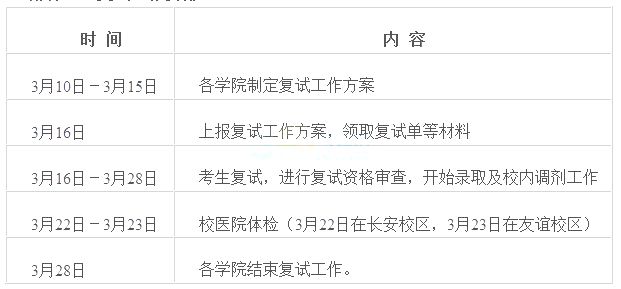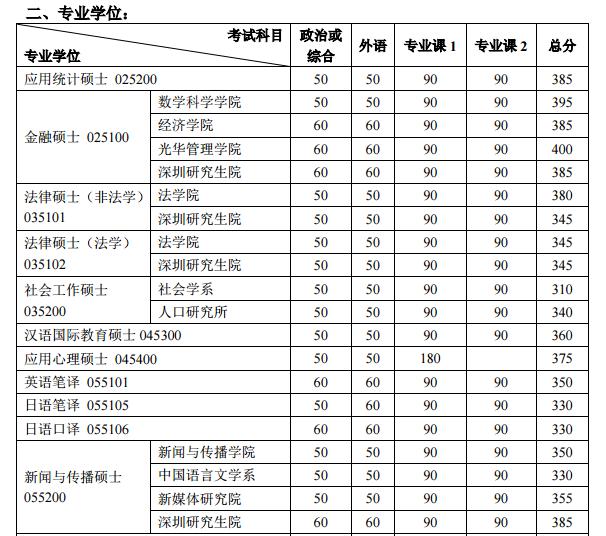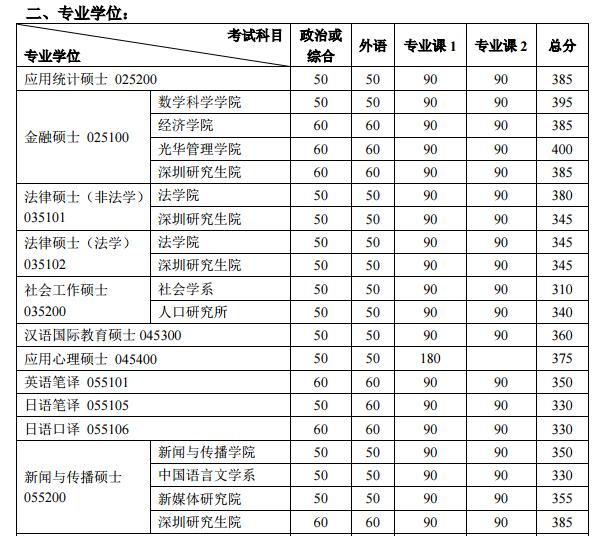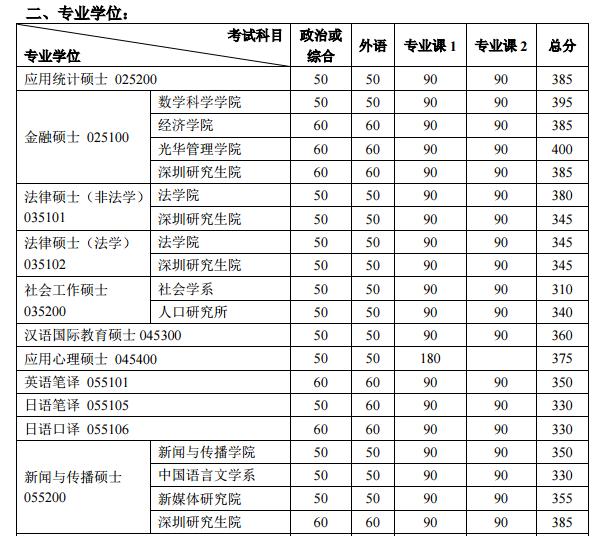2010年考研英语真题分析之新题型(一)
|
2010 年英语考研新题型部分难度较以前难度增加了很多。首先,新题型以排序形式出现还是第一次,而且在题型上和大纲里的排序题也有所差别。按照以往的经验,大纲里排序题一般会给出五个段落,把次序打乱再进行排序即可,而今年的排序要求学生从六个选项中排除一个干扰项再把其余的选项进行排序,这样来说,今年的新题型有一定的新颖性在里面;其次,大纲中的排序题给出两个已知段落,一般是首尾段,再根据已知的段落进行五选五排序,而今年的排序题只给出来了一个已知选项,而且这个已知选项是倒数第二段,这样给考生解题就带来了很大的难度。 另外,从题目的取材方面来说,这篇文章是一篇经济类的文章,摘自 2003 年第一期《麦肯锡周刊》( The Mckinsey Quartly )本文下方附有原文的链接,可供考生参考, 11 界的考生也需要关注国外类似的杂志。这本杂志已经是第二次被考研英语命题专家选为命题的素材库了。整个文章主要描述目前欧洲的消费品零售商在欧洲面临的发展停滞的问题,但他们却忽视了在他们身边一个潜在的市场以及消费者习惯发生改变的事实。 最后通过和原文对比就会发现,考研命题专家在出题的时侯把原文的段落进行了组合和删减速。原文中一段在考题中变成了两段,而原文中的末尾在考题中又和下一段接在了一起,形成了一个新的段落,这样给考生解题带来了非常大的困难。以下附上的是新题型原文以及考研新题型真题,大家可以做以比较,希望对大家的学习有所帮助。 A wholesale shift in European groceries 1 、 BRetail sales of food and drink in Europe’s largest markets are at a standstill, leaving European grocery retailers hungry for opportunities to grow. Most leading retailers have already tried e-commerce, with limited success, and expansion abroad, often with more. But almost all have ignored the big, profitable opportunity in their own backyard: the wholesale food and drink trade, which appears to be just the kind of market retailers need. 2 、 FWholesale food and drink sales in France, Germany, Italy, Spain, and the United Kingdom (together representing about three-quarters of the European market) came to €166 billion ($167.9 billion) in 2000—more than 40 percent of retail sales. Moreover, average overall margins are higher in wholesale than in retail; wholesale demand from the food service sector is growing quickly as more Europeans eat out more often; and changes in the competitive dynamics of this fragmented industry are at last making it feasible for wholesalers to consolidate. 3 、 D All in all, this clearly seems to be a market in which big retailers could profitably apply their gigantic scale, existing infrastructure, and proven skills in the management of product ranges, logistics, and marketing intelligence. Retailers that master the intricacies of wholesaling in Europe stand to reap substantial gains thereby At least, that is how it looks in the aggregate. Closer inspection reveals important differences among the biggest national markets, especially in their customer segments and wholesale structures, as well as the competitive dynamics of individual food and drink categories. Big retailers must understand these differences before they can identify the segments of European wholesaling in which their particular abilities might unseat smaller but entrenched competitors. New skills and unfamiliar business models are needed too. 4 、 G But none of these requirements should deter large retailers (and even some large food producers and existing wholesalers) from trying their hand, for those that master the intricacies of wholesaling in Europe stand to reap considerable gains. A map of wholesaling 5 、 E Despite variations in detail, wholesale markets in the countries we have examined closely—France, Germany, Italy, and Spain—are made out of the same building blocks. Demand comes mainly from two sources: independent mom-and-pop grocery stores, which unlike large retail chains are too small to buy direct from producers, and food service operators that cater to consumers when they don’t eat at home. Such food service operators range from snack machines to large institutional catering ventures, but most of these businesses are known in the trade as "horeca": hotels, restaurants, and cafés (or, in some countries, catering). On the supply side, there are two types of wholesalers. Cash-and-carry ones operate stores, similar to warehouses, where they sell food and drink, mostly to traditional retailers and smaller horeca. Customers select and take away their purchases themselves. Delivery wholesalers, by contrast, deliver goods from their warehouses direct to their customers, mostly midsize or large food service operators. Both types of wholesalers abound in each food category, but delivery wholesalers are particularly numerous; generally small, local family businesses, they supply 50 to 60 percent of the market in all countries. Cash-and-carry outlets serve 10 to 20 percent of it, and other intermediaries, such as retail hypermarkets and a few food manufacturers, supply the rest. Overall, Europe’s wholesale market for food and drink is growing at the same sluggish pace as the retail market, but the aggregate figures mask two opposing trends. 6 、 AThe first and more important is the consumer’s growing preference for eating out: consumption of food and drink in places other than homes has risen from about 32 percent of total consumption in 1995 to 35 percent in 2000 and is expected to approach 38 percent by 2005 (Exhibit 1). This development is boosting wholesale demand from the food service segment by 4 to 5 percent a year across Europe, compared with growth in retail demand of 1 to 2 percent. Moreover, demographic change—particularly the increase in the proportion of older, wealthier people in the population—will probably sustain this pattern. Part B Directions: For Questions 41-45, choose the most suitable paragraphs from the first A-G and fill them into the numbered boxes to from a coherent text. Paragraph E has been correctly placed. There is one paragraph which dose not fit in with the text. Mark your answers on ANSWER SHEET1. (10 points) [A]The first and more important is the consumer’s growing preference for eating out; the consumption of food and drink in places other than homes has risen from about 32 percent of total consumption in 1995 to 35 percent in 2000 and is expected to approach 38 percent by 2005. This development is boosting wholesale demand from the food service segment by 4 to 5 percent a year across Europe, compared with growth in retail demand of 1 to 2 percent. Meanwhile, as the recession is looming large, people are getting anxious. They tend to keep a tighter hold on their purse and consider eating at home a realistic alternative. [B]Retail sales of food and drink in Europe’s largest markets are at a standstill, leaving European grocery retailers hungry for opportunities to grow. Most leading retailers have already tried e-commerce, with limited success, and expansion abroad. But almost all have ignored the big, profitable opportunity in their own backyard: the wholesale food and drink trade, which appears to be just the kind of market retailers need. [C]Will such variations bring about a change in the overall structure of the food and drink market? Definitely not. The functioning of the market is based on flexible trends dominated by potential buyers. In other words, it is up to the buyer, rather than the seller, to decide what to buy .At any rate, this change will ultimately be acclaimed by an ever-growing number of both domestic and international consumers, regardless of how long the current consumer pattern will take hold. [D]All in all, this clearly seems to be a market in which big retailers could profitably apply their scale, existing infrastructure and proven skills in the management of product ranges, logistics, and marketing intelligence. Retailers that master the intricacies of wholesaling in Europe may well expect to rake in substantial profits thereby. At least, that is how it looks as a whole. Closer inspection reveals important differences among the biggest national markets, especially in their customer segments and wholesale structures, as well as the competitive dynamics of individual food and drink categories. Big retailers must understand these differences before they can identify the segments of European wholesaling in which their particular abilities might unseat smaller but entrenched competitors. New skills and unfamiliar business models are needed too. [E]Despite variations in detail, wholesale markets in the countries that have been closely examined—France, Germany, Italy, and Spain—are made out of the same building blocks. Demand comes mainly from two sources: independent mom-and-pop grocery stores which, unlike large retail chains, are two small to buy straight from producers, and food service operators that cater to consumers when they don’t eat at home. Such food service operators range from snack machines to large institutional catering ventures, but most of these businesses are known in the trade as “horeca”: hotels, restaurants, and cafes. Overall, Europe’s wholesale market for food and drink is growing at the same sluggish pace as the retail market, but the figures, when added together, mask two opposing trends. [F]For example, wholesale food and drink sales come to $ 268 billion in France, Germany, Italy, Spain, and the United Kingdom in 2000 — more than 40 percent of retail sales. Moreover, average overall margins are higher in wholesale than in retail; wholesale demand from the food service sector is growing quickly as more Europeans eat out more often; and changes in the competitive dynamics of this fragmented industry are at last making it feasible for wholesalers to consolidate. [G]However, none of these requirements should deter large retailers (and even some large good producers and existing wholesalers) from trying their hand, for those that master the intricacies of wholesaling in Europe stand to reap considerable gains. 41 → 42 → 43 → 44 → E → 45 |








